Reciprocal identities sinu= 1 cscu cosu= 1 secu tanu= 1 cotu cotu= 1 tanu cscu= 1 sinu secu= 1 cosu Pythagorean Identities sin 2ucos u= 1 1tan2 u= sec2 u 1cot2 u= csc2 u Quotient Identities tanu= sinu cosu cotu= cosu sinu CoFunction Identities sin(ˇ 2 u) = cosu cos(ˇ 2 u) = sinu tan(ˇ 2 u) = cotu cot(ˇ 2 u) = tanu csc(ˇ 2 u) = secu secIf the angles are doubled, then the trigonometric identities for sin, cos and tan are sin 2θ = 2 sinθ cosθ;Cos 2θ = cos 2 θ – sin 2 θ = 2 cos 2 θ – 1 = 1 – sin 2 θ;
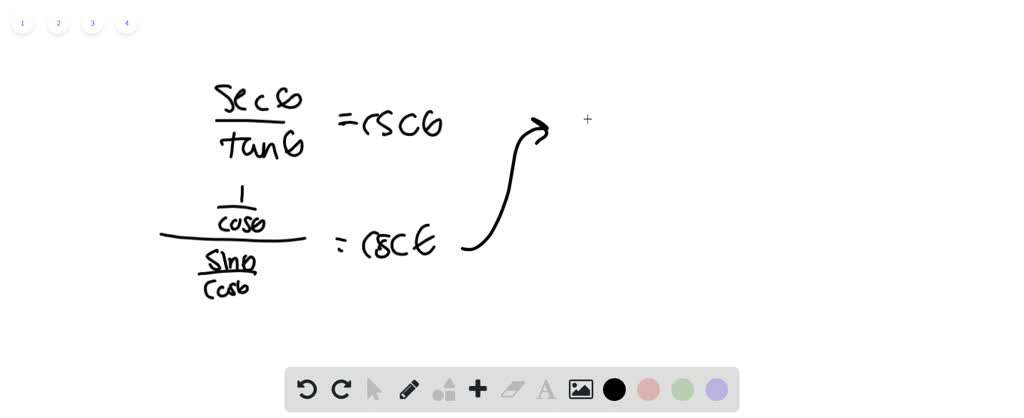
Solved Verify The Following Identities A Sec I Cos I Tan I Sin I B Csc 2 I 1 Tan 2 I Cot 2 I C Cos I I 2 Sin I Please Show Your Work
Tan 2 identities
Tan 2 identities-The Pythagorean Identities $$\begin{array}{c} \cos^2 \theta \sin^2 \theta = 1\\ 1 \tan^2 \theta = \sec^2 \theta\\ 1 \cot^2 \theta = \csc^2 \theta \end{array}$$ Even/Odd Function Identities $$\begin{array}{rcl} \cos (\theta) &=& \phantom{}\cos \theta\\ \sin (\theta) &=& \sin \theta\\ \tan (\theta) &=& \tan \theta \\ \end{array}$$Integral of tan^2(x) How to integrate it step by step!👋 Follow @integralsforyou on Instagram for a daily integral 😉📸 @integralsforyou https//wwwinstag




Trigonometric Identities Topics In Trigonometry
Introduction to Trigonometric Identities and Equations;71 Solving Trigonometric Equations with Identities; 1tan^2x=sec^2x Change to sines and cosines then simplify 1tan^2x=1(sin^2x)/cos^2x =(cos^2xsin^2x)/cos^2x but cos^2xsin^2x=1 we have1tan^2x=1/cos^2x=sec^2x Trigonometry Science
Tan(x)= 1 cot(x) EVEN/ODD IDENTITIES sin(x)=sin(x) cos(x) = cos(x) tan(x)=tan(x) csc(x)=csc(x) sec(x)=sec(x) cot(x)=cot(x) PYTHAGOREAN IDENTITIES cos2(x)sin2(x)=1 tan2(x)1=sec2(x) cot2(x)1=csc2(x) SUM IDENTITIES sin(xy)=sin(x)cos(y)cos(x)sin(y) cos(xy) = cos(x)cos(y)sin(x)sin(y) tan(xy)= tan(x)tan(y) 1tan(x)tan(y) DIFFERENCE IDENTITIESTrigonometry Identity tan^2 (x) 1 = sec^2 (x) Watch later Share Copy link Info Shopping Tap to unmute If playback doesn't begin shortly, try restarting your device Up next in 8The key Pythagorean Trigonometric identity is sin 2 (t) cos 2 (t) = 1 tan 2 (t) 1 = sec 2 (t) 1 cot 2 (t) = csc 2 (t) So, from this recipe, we can infer the equations for different capacities additionally Recall of Pythagoras Theorem You are going to need to rapidly review the three Pythagorean Identities The first Trig Identity of
(x 5)(x − 5) = x 2 − 25 The significance of an identity is that, in calculation, we may replace either member with the other We use an identity to give an expression a more convenient form In calculus and all its applications, the trigonometric identities are of central importance On this page we will present the main identitiesTan (θ/2) = ±√(1 – cosθ)(1 cosθ)Identities to memory, these three will help be sure that our signs are correct, etc 2 Two more easy identities From equation (1) we can generate two more identities First, divide each term in (1) by cos2 t (assuming it is not zero) to obtain tan2 t1 = sec2 t (4) When we divide by sin2 t (again assuming it is not zero) we get 1cot2 t = csc2



Alamo Edu



1
75 Solving Trigonometric Equations;Verify the identity $$(1 \tan x)^2 = \sec ^2 x2 \tan x $$ For this problem, it is best to manipulate the left side $$\begin{align} (1 \tan x)^2 &= 12\tan x76 Modeling with Trigonometric Functions
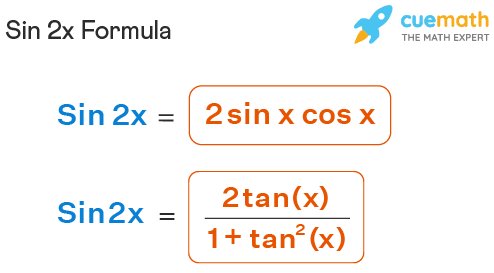



Sin 2x Formula What Is Sin 2x Formula Examples
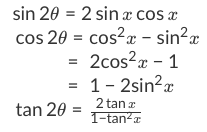



How To Use Double Angle Identities Studypug
Sin (x y) = sin x cos y cos x sin y cos (x y) = cos x cosy sin x sin y tan (x y) = (tan x tan y) / (1 tan x tan y) sin (2x) = 2 sin x cos x cos (2x) = cos ^2 (x) sin ^2 (x) = 2 cos ^2 (x) 1 = 1 2 sin ^2 (x) tan (2x) = 2 tan (x) / (1 tan ^2 (x)) sin ^2 (x) = 1/2 1/2 cos (2x) cos ^2 (x) = 1/2 1/2 cos (2x) sin x sin y = 2 sin ( (x y)/2 ) cos ( (x y)/2 )72 Sum and Difference Identities;1tan2θ=sec2θ 1 tan 2 θ = sec 2 θ The second and third identities can be obtained by manipulating the first The identity 1cot2θ = csc2θ 1 cot 2 θ = csc 2 θ is found by rewriting the left side of the equation in terms of sine and cosine Prove 1cot2θ = csc2θ 1 cot 2 θ = csc 2 θ




Tangent Identities



Pinkmonkey Com Trigonometry Study Guide 4 4 Tangent Identities
Using double angle identities in trigonometry Identities in math shows us equations that are always true There are many trigonometric identities (Download the Trigonometry identities chart here ), but today we will be focusing on double angle identities, which are named due to the fact that they involve trig functions of double angles such as sin θ \theta θ, cos2 θ \theta θ, and tan2Trigonometric identities are equations involving the trigonometric functions that are true for every value of the variables involved Some of the most commonly used trigonometric identities are derived from the Pythagorean Theorem , like the following sin 2 (142 Trigonometric identities We begin this section by stating about basic trigonometric identites You can refer to books such as the "Handbook of Mathematical Functions", by Abramowitz and Stegun for many moreTo understand them we will organize them into 9 groups and discuss each group




Powers Of Trigonometric Functions




Solved Verify The Identity Tan 2 0 1 Cos 2 1 Tan 2 Chegg Com
List of trigonometric identities 2 Trigonometric functions The primary trigonometric functions are the sine and cosine of an angle These are sometimes abbreviated sin(θ) andcos(θ), respectively, where θ is the angle, but the parentheses around the angle are often omitted, eg, sin θ andcos θ The tangent (tan) of an angle is the ratio of the sine to the cosineFollowing table gives the double angle identities which can be used while solving the equations You can also have #sin 2theta, cos 2theta# expressed in terms of #tan theta # as under #sin 2theta = (2tan theta) / (1 tan^2 theta)# #cos 2theta = (1 tan^2 theta) / (1 tan^2 theta)#18 Verifying Trigonometric Identities In this section, you will learn how to use trigonometric identities to simplify trigonometric expressions Equations such as (x 2)(x 2) = x2 4 or x2 1 x 1 = x 1 are referred to as identities An identity is an equation that is true for all values of xfor which the expressions in the equation are de ned For




Trig Identities Bingo Card




Get Answer Prove The Given Identity Cos 2 Theta 1 Tan2 Theta 1 Which Transtutors
An example of a trigonometric identity is sin 2 θ cos 2 θ = 1 \sin^2 \theta \cos^2 \theta = 1 sin2 θcos2 θ = 1 In order to prove trigonometric identities, we generally use other known identities such as Pythagorean identities Prove that ( 1 − sin x) ( 1 csc x) = cos x cot x (1 \sin x) (1 \csc x) =\cos x \cot x (1−sinx)(1cscx) = cosxcotxTan 2x = 2 tan x/1 tan2 x = 2 cot x/ cot2 x 1 = 2/cot x – tan x tangent doubleangle identity can be accomplished by applying the same methods, instead use the sum identity for tangent, first • Note sin 2x ≠ 2 sin x;For most of the problems in this workshop we will be using the trigonometric ratio identities below 1 sin θ cos θ tan θ cot θ csc θ sec θ cot θ tan θ cot θ Guidelines for verifying a Trigonometric Identity 1 Check whether the statement is false • This is easily done on a graphing calculator Graph both sides of the identity and check to see if you get the same picture
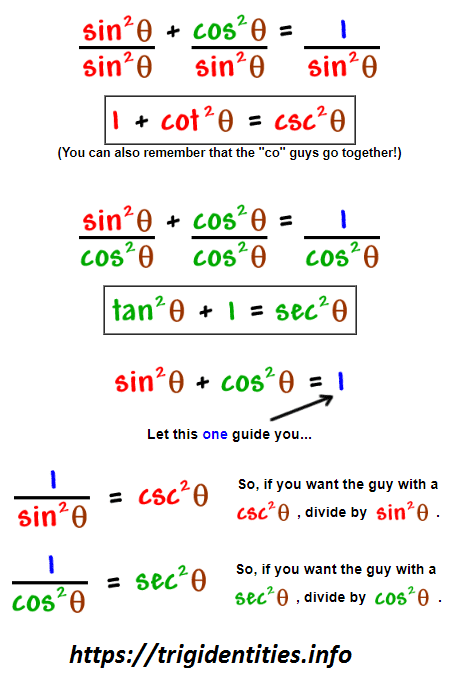



Pythagorean Trig Identities Recall Pythagoras Theorem Trig Identities




5 1 Fundamental Trig Identities Reciprocal Identities Sin
1 cos ( x) − cos ( x) 1 sin ( x) = tan ( x) Go!74 SumtoProduct and ProducttoSum Formulas;Cos 2x ≠ 2 cos x;




Solved Verify The Following Identities A Sec I Cos I Tan I Sin I B Csc 2 I 1 Tan 2 I Cot 2 I C Cos I I 2 Sin I Please Show Your Work




11 Basic Trigonometric Identities An Identity Is An Equation That Is True For All Defined Values Of A Variable We Are Going To Use The Identities To Ppt Download
Trigonometricidentityprovingcalculator prove \tan^2(x)\sin^2(x)=\tan^2(x)\sin^2(x) enTan 2θ = (2tanθ)/(1 – tan 2 θ) Half Angle Identities If the angles are halved, then the trigonometric identities for sin, cos and tan are sin (θ/2) = ±√(1 – cosθ)/2 cos (θ/2) = ±√(1 cosθ)/2;Tan (2x) = 2 tan (x) / (1 tan 2 (x)) sin 2 (x) = 1/2 1/2 cos (2x) cos 2 (x) = 1/2 1/2 cos (2x) sin x sin y = 2 sin ( (x y)/2 ) cos ( (x y)/2 ) cos x cos y = 2 sin ( (xy)/2 ) sin ( (x y)/2 ) Trig Table of Common Angles angle 0
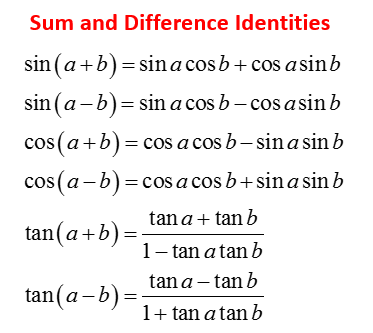



Sum And Difference Identities Video Lessons Examples And Solutions



10 4 Integration Of Powers Of Trigonometric Functions
Get detailed solutions to your math problems with our Proving Trigonometric Identities stepbystep calculator Practice your math skills and learn step by step with our math solver Check out all of our online calculators here! Let's start with the left side since it has more going on Using basic trig identities, we know tan (θ) can be converted to sin (θ)/ cos (θ), which makes everything sines and cosines 1 − c o s ( 2 θ) = ( s i n ( θ) c o s ( θ) ) s i n ( 2 θ) Distribute the right side of the equation 1The key Pythagorean Trigonometric identity are sin 2 (t) cos 2 (t) = 1 tan 2 (t) 1 = sec 2 (t) 1 cot 2 (t) = csc 2 (t) So, from this recipe, we can infer the equations for different capacities additionally Learn more about Pythagoras Trig Identities Dividing through by c 2 gives a 2/ c 2 b 2/ c 2 = c 2/ c 2 This can be simplified to (a/c) 2 (b/c) 2 = 1




Proof Tan 2 1 Sec 2 Youtube
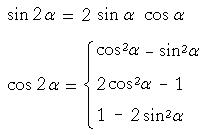



Trigonometric Identities Topics In Trigonometry
Identity tan (2x) Multiple Angle Identities Symbolab Identities Pythagorean Angle Sum/Difference Double Angle Multiple Angle Negative Angle Sum to Product Product to SumTan(x) is an odd function which is symmetric about its origin tan(2x) is a doubleangle trigonometric identity which takes the form of the ratio of sin(2x) to cos(2x) sin(2 x) = 2 sin(x) cos(x) cos(2 x) = (cos(x))^2 – (sin(x))^2 = 1 – 2 (sin(x))^2 = 2 (cos(x))^2 – 1 Proof$\tan^2{\theta} \,=\, \sec^2{\theta}1$ The square of tan function equals to the subtraction of one from the square of secant function is called the tan squared formula It is also called as the square of tan function identity Introduction The tangent functions are often involved in trigonometric expressions and equations in square form The expressions or equations can be possibly




Tangent Half Angle Formula Wikipedia Republished Wiki 2
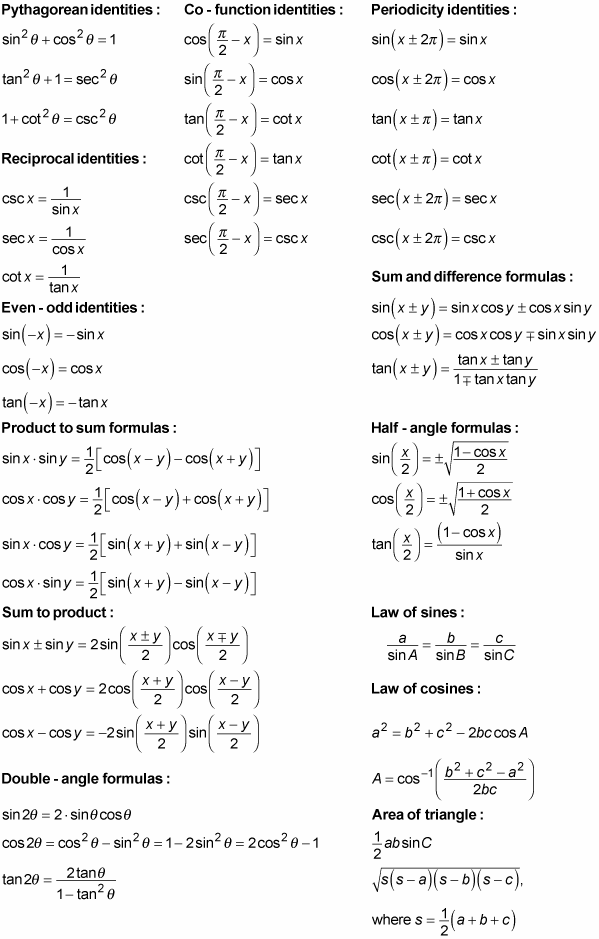



Trig Identities For Pre Calculus Dummies
Tan 2x ≠ 2 tan x by Shavana Gonzalez2 2 2 sin22sincos cos2cossin 2cos1 12sin 2tan tan2 1tan qqq qqq q q q q q = ====Degrees to Radians Formulas If x is an angle in degrees and t is an angle in radians then 180 and txt tx x pp p =Þ== Half Angle Formulas (alternate form) (( )) (( )) ( ) ( ) 2 2 2 1cos1 sinsin1cos2 222 1cos1 coscos1cos2 222 1cos 1cos2 tantan 21cos1cos2The half‐angle identity for tangent can be written in three different forms In the first form, the sign is determined by the quadrant in which the angle α/2 is located Example 5 Verify the identity Example 6 Verify the identity tan (α/2) = (1 − cos α)/sin α Example 7 Verify the identity tan (α − 2) = sin π/(1 cos α)
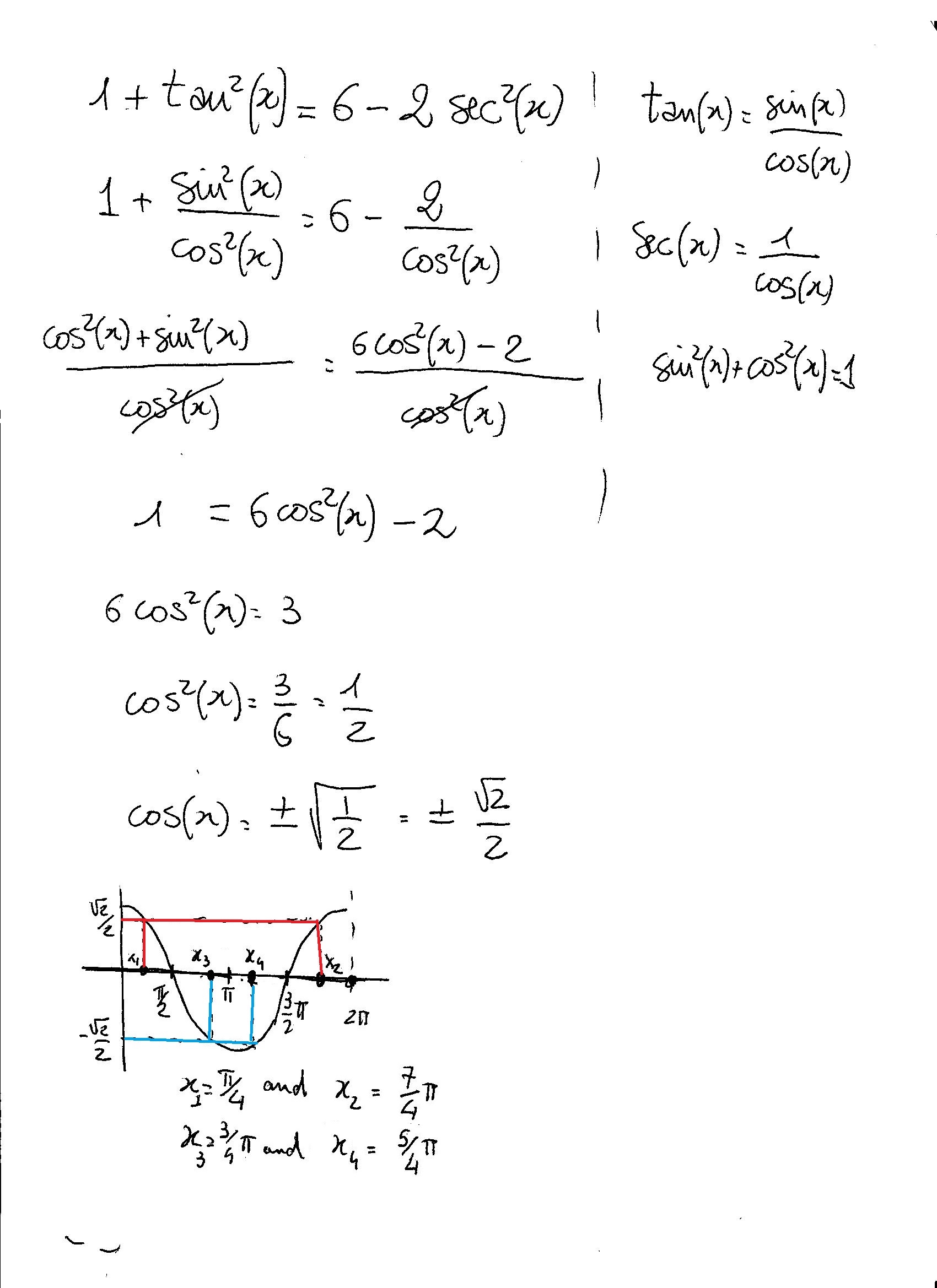



How Do You Solve 1 Tan 2x 6 2sec 2x Socratic
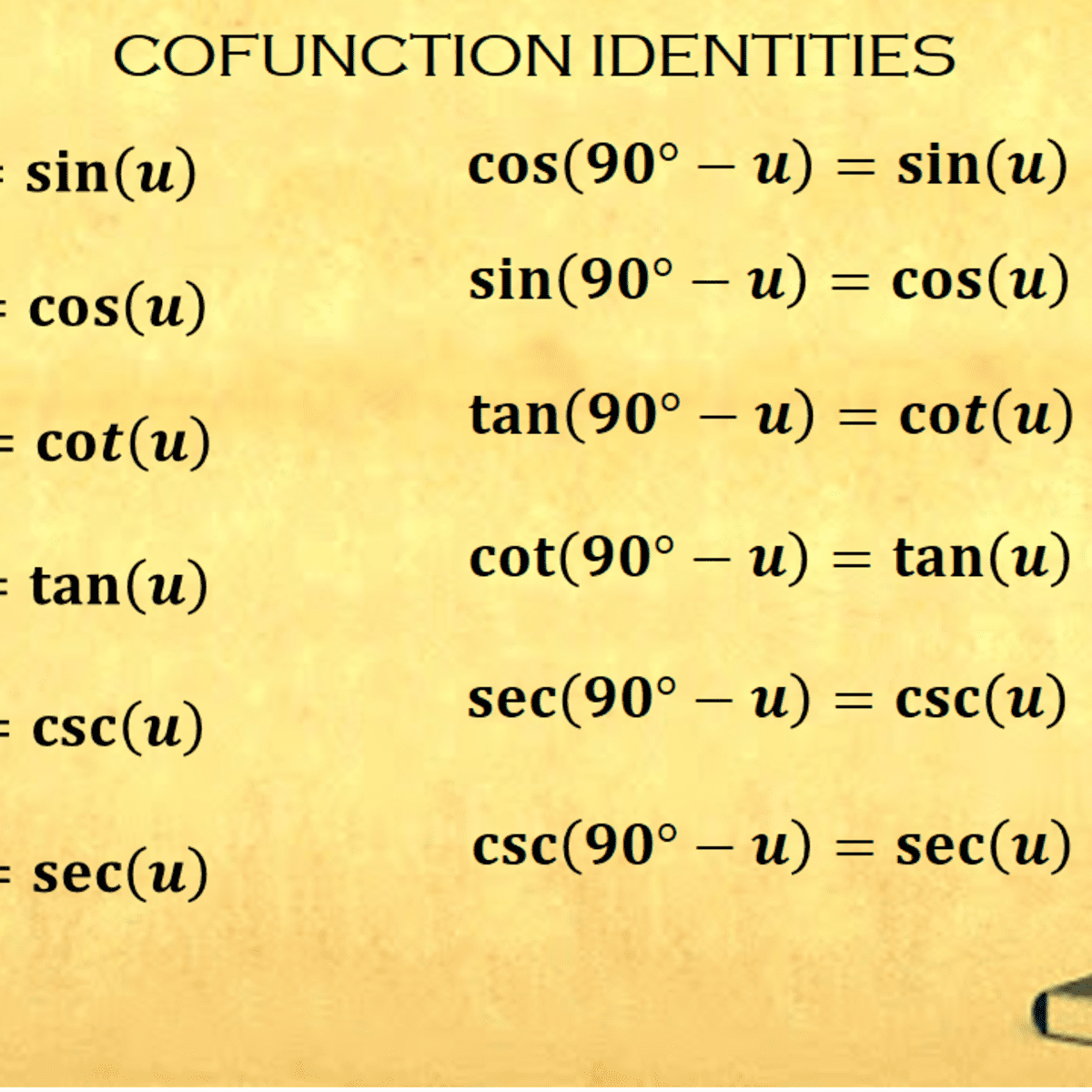



Cofunction Identities In Trigonometry With Proof And Examples Owlcation
These identities are known collectively as the tangent halfangle formulae because of the definition of These identities can be useful in calculus for converting rational functions in sine and cosine to functions of t in order to find their antiderivativesPeriodicity of trig functions Sine, cosine, secant, and cosecant have period 2 π while tangent and cotangent have period π Identities for negative angles Sine, tangent, cotangent, and cosecant are odd functions while cosine and secant are even functions Ptolemy's identities, the sum and difference formulas for sine and cosineThe Pythagorean Identities are based on the properties of a right triangle cos2θ sin2θ = 1 1 cot2θ = csc2θ 1 tan2θ = sec2θ The evenodd identities relate the value of a trigonometric function at a given angle to the value of the function at the opposite angle tan(− θ)



Lt 14 I Know The Trig Identities Blaine High School Precalculus




Solved Establish The Identity 1 Tan 2 Theta 1 Tan 2 Chegg Com
73 DoubleAngle, HalfAngle, and Reduction Formulas; The following are the properties of inverse trigonometric functions Property 1 sin 1 (1/x) = cosec 1 x, for x ≥ 1 or x ≤ 1 cos 1 (1/x) = sec 1 x, for x ≥ 1 or x ≤ 1 tan 1 (1/x) = cot 1 x, for x > 0 Property 2 sin 1 (x) = sin 1 x, for x ∈ 1 , 1 tan 1 (x) = tan 1 x, for x ∈ R cosec 1 (x) = cosec 1 x, forSec 2 t = 1 tan 2 t Identities expressing trig functions in terms of their supplements sin( – t) = sin t cos( – t) = –cos t tan( – t) = tan t Difference formulas for sine and cosine sin (s – t) = sin s cos t – cos s sin t cos (s – t) = cos s cos t sin s sin t Sum, difference, and



Important Trigonometric Identiti



Trigonometric Identities



Tutorial Math Lamar Edu




Trigonometric Identities A Plus Topper
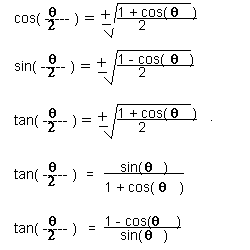



Double And Half Angle Formulas




Summary Of Trigonometric Identities




Pythagorean Trig Identities Recall Pythagoras Theorem Trig Identities



A Trig Identity




Summary Of Trigonometric Identities
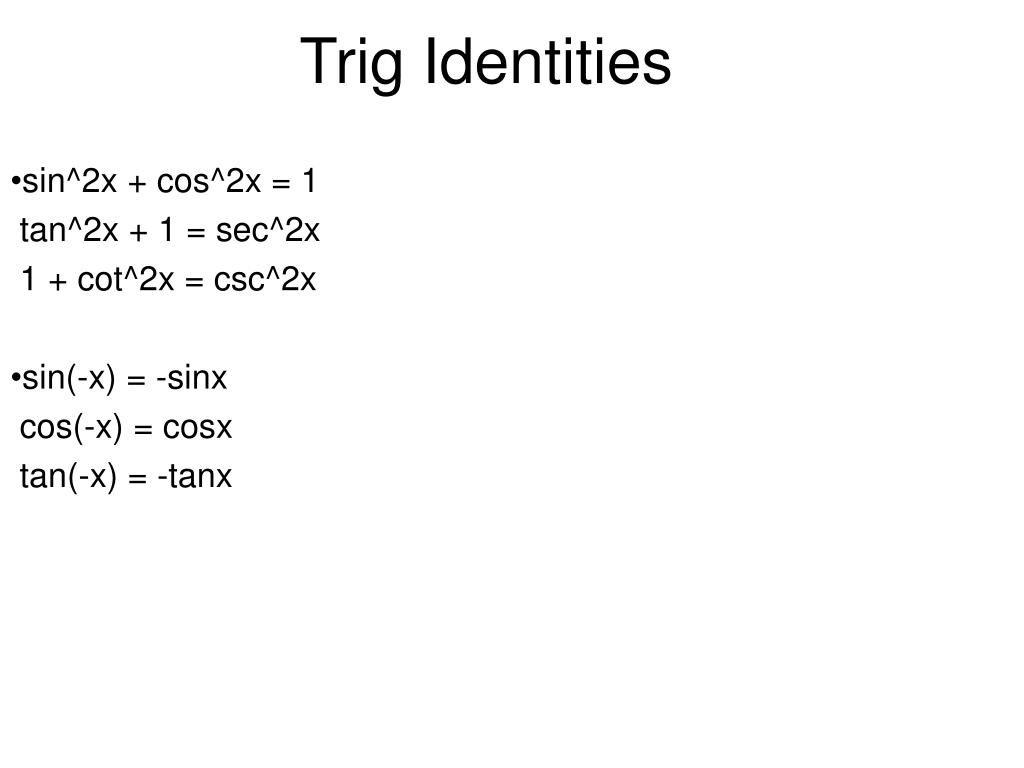



Ppt Analytic Trig Powerpoint Presentation Free Download Id




Trigonometric Identities Topics In Trigonometry




Trigonometric Identity Challenge Sin 2 Cos 2x Tan 2x Youtube



How I Remember Trig Identities Part 2 Beyond Solutions




Trigonometry Identity Tan 2 X 1 Sec 2 X Youtube




While You Wait Trigonometric Identities And Equations Section



Sites Math Washington Edu



1




Summary Of Trigonometric Identities




List Of Trigonometric Identities Wikipedia
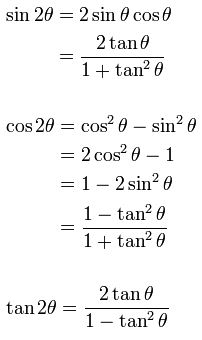



Trigonometric Identities Definition Rules Examples S Sigma Tricks
x-1=sec(squared)x.jpg)



10 Identity Tan Squared X 1 Sec Squared X Trigonometry Educator Com




Basic Trigonometric Identities And Equations Trigonometric Identities Quotient
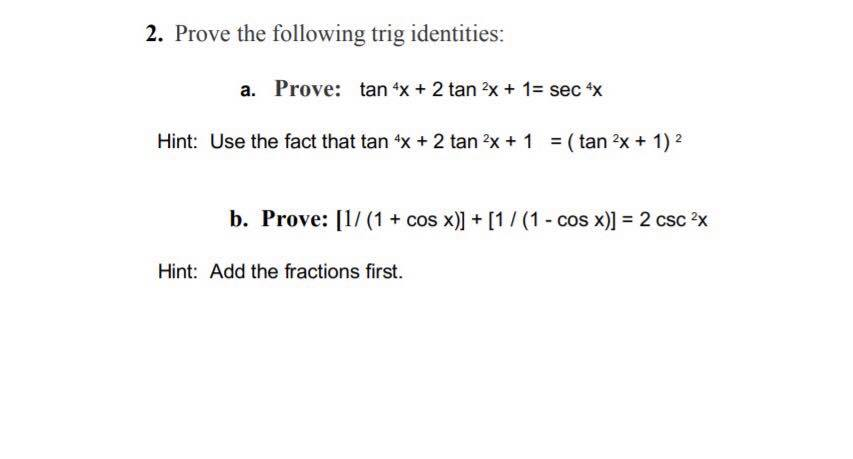



Solved 2 Prove The Following Trig Identities A Prove Tan Chegg Com
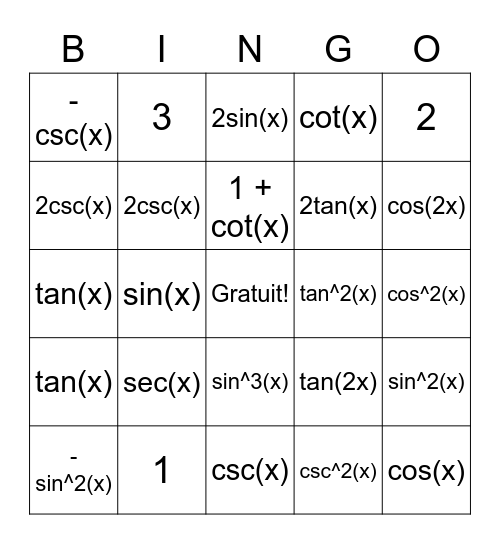



Trig Identities Bingo Card




Warm Up Prove Sin 2 X Cos 2 X 1 This Is One Of 3 Pythagorean Identities That We Will Be Using In Ch 11 The Other 2 Are 1 Tan 2 X Sec 2 X Ppt Download




Art Of Problem Solving
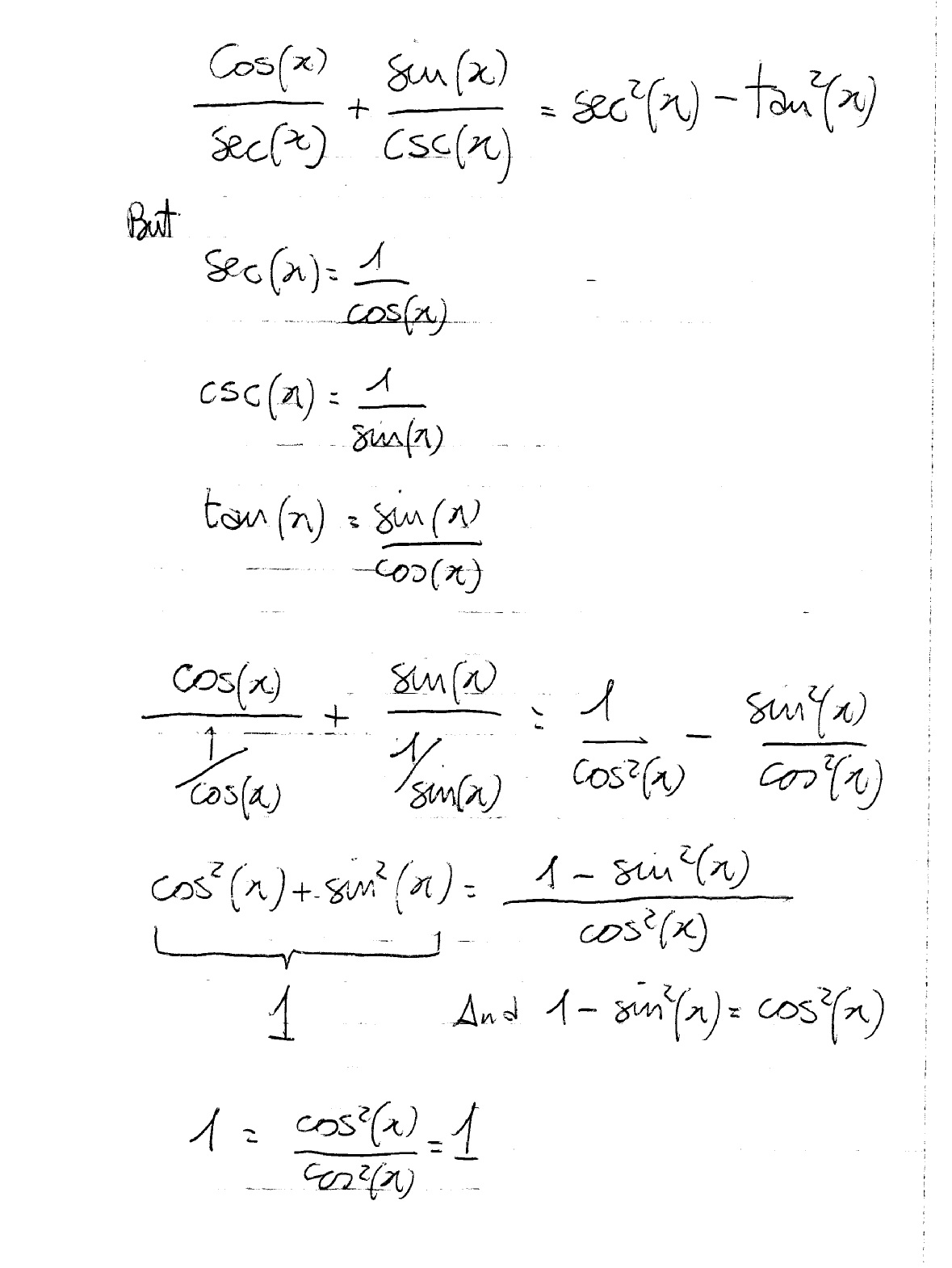



How Do You Prove The Identities Cosx Secx Sinx Cscx Sec 2x Tan 2x Socratic
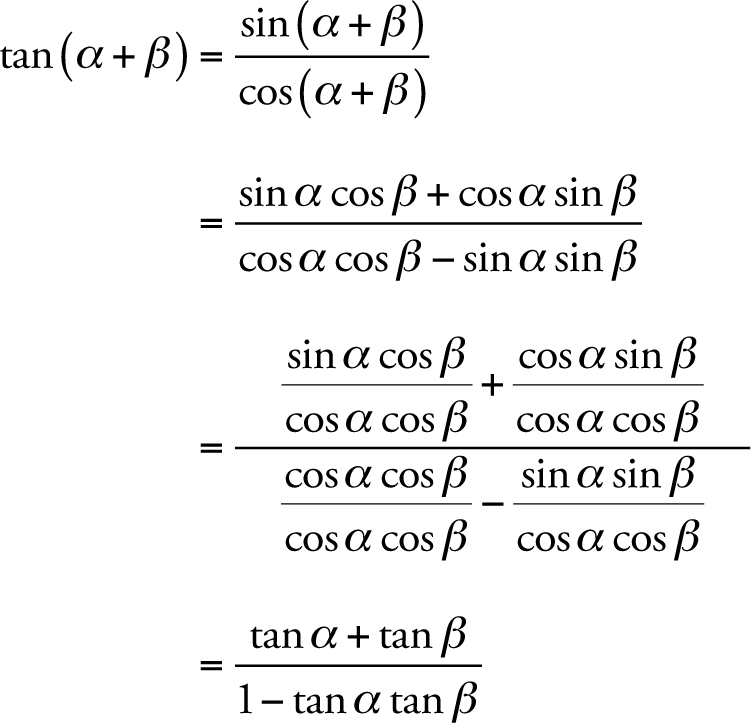



Tangent Identities
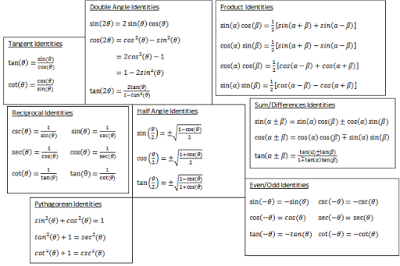



How Do You Verify The Identity Tan2theta 2 Cottheta Tantheta Socratic



Important Trigonometric Identiti
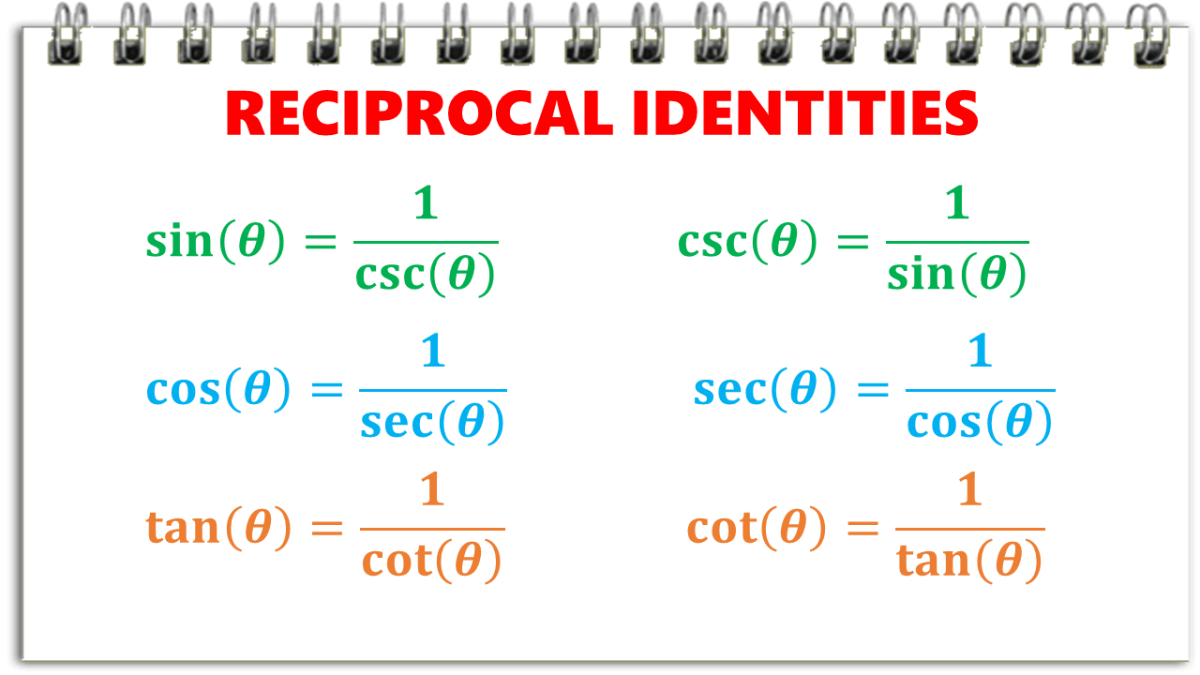



Reciprocal Identities In Trigonometry With Examples Owlcation




Precalculus Trigonometry Trig Identities 29 Of 57 Formula For Lowering Power Tan 2 X Youtube
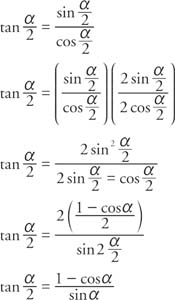



Tangent Identities
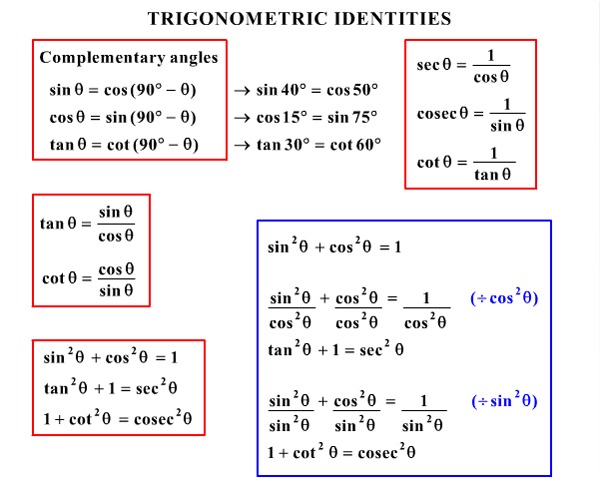



Trig Identities And Formulas Pre Calculus Quiz Quizizz



3




Tangent Half Angle Formula Wikipedia



Brockport Edu
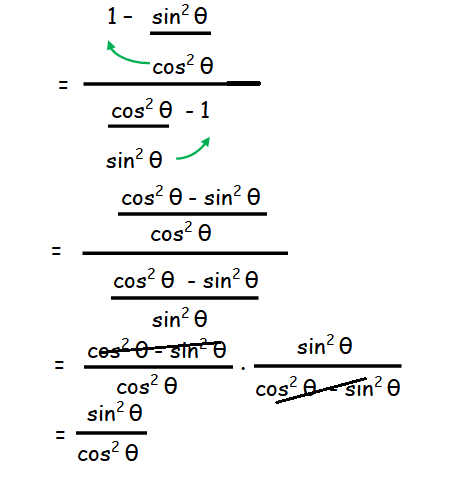



Proving Trigonometric Identities
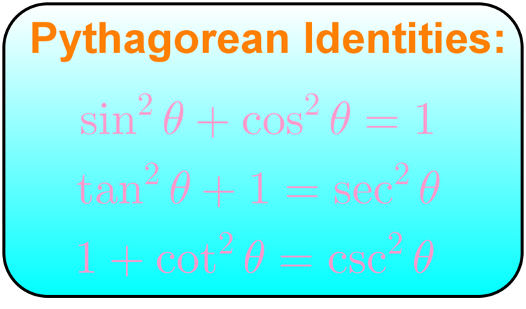



Understanding Pythagorean Identities Studypug



Ilectureonline
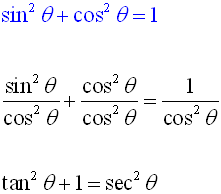



Pythagorean Identities Mathbitsnotebook Ccss Math



Solved Find The Remaining Five Trigonometric Functions Of 0 See Example 1 Sin A 0 In Quadrant Ii 32 Cos 0 0 In Quadrant I 33 Tan 0 Course Hero




Xiwcvukgrtnqdm




Precalculus Trigonometry Trig Identities 34 Of 57 Proof Half Angle Formula Tan X 2 Youtube
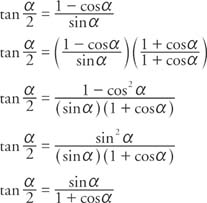



Tangent Identities




Integrate Tan 2x




Tangent Half Angle Formula Wikipedia




Solved Prove The Following Identities Tan 2theta 2 Tan Chegg Com




Right Triangle Trigonometry Is Based Upon Ratios Of




The Double Angle Identities Sin2a Cos2a And Tan 2a Derived From The Trigonometric Addition Formulas Hubpages



Www2 Math Binghamton Edu



Complex And Trigonometric Identities Introduction To Digital Filters
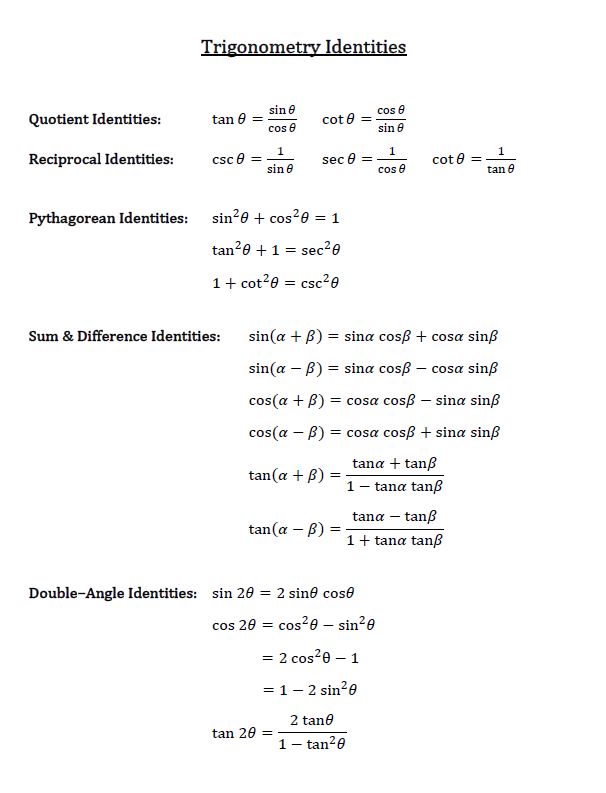



How To Use Double Angle Identities Studypug



Trigonometry Identities




Integrate Sec 2x Method 1
.JPG)



Every Day I M Calculatin I D3 Unit Q Pythagorean Identities



Trigonometry Identities
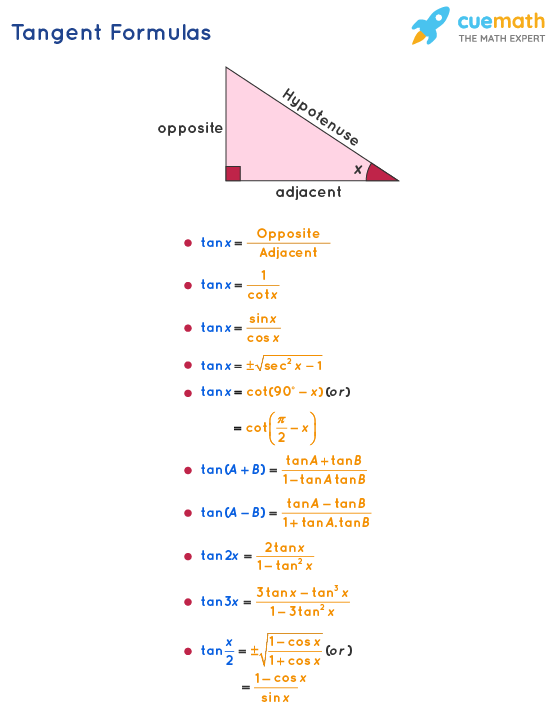



Tangent Formula What Are Tangent Formulas Examples
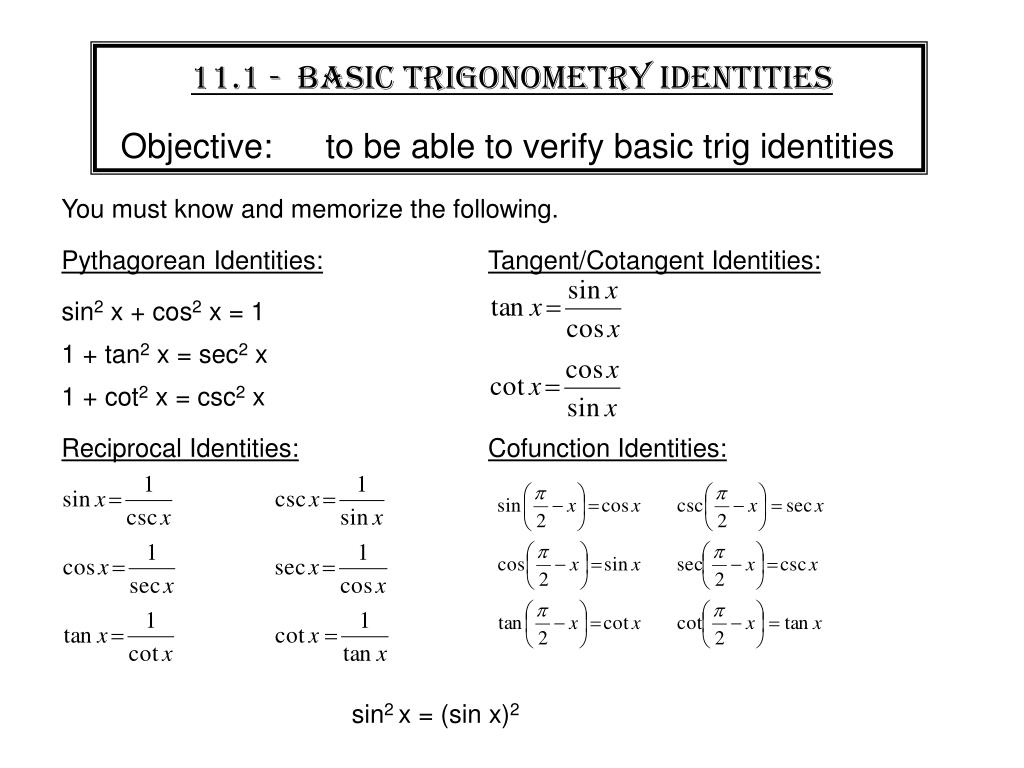



最も人気のある Tan2 Identity ただの悪魔の画像
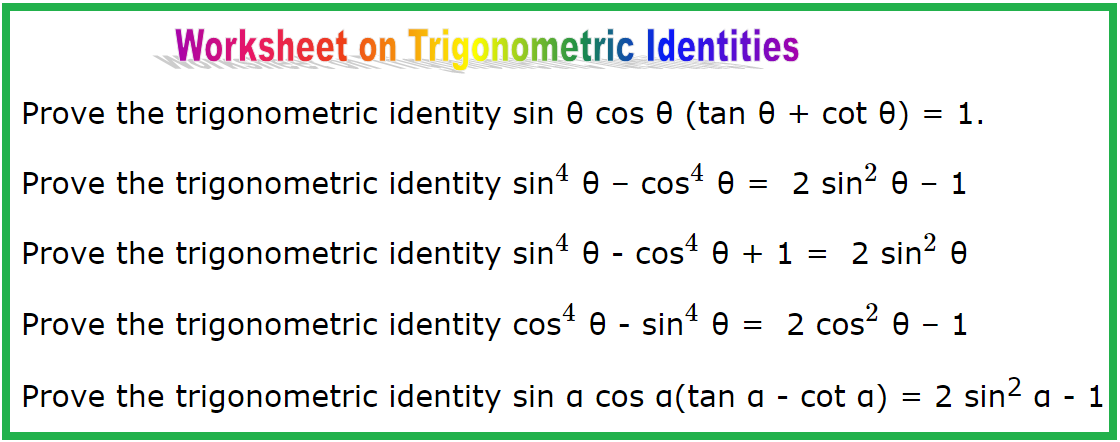



Worksheet On Trigonometric Identities Establishing Identities Hints




Pythagorean Trig Identities Recall Pythagoras Theorem Trig Identities
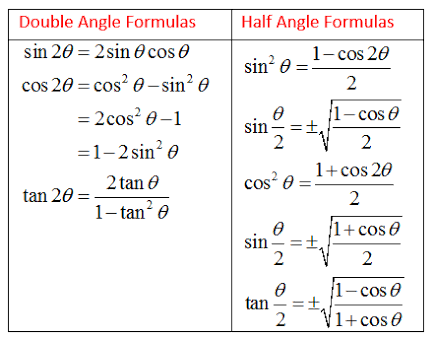



Double Angle Identities Trigonometry Socratic




Trigonometric Identity Example Proof Involving Sin Cos And Tan Video Khan Academy




5 1 5 2 Trigonometric Identities Ppt Download



1




How Do You Simplify 1 Tan 2 X 1 Tan 2 X Socratic



Pinkmonkey Com Trigonometry Study Guide 4 4 Tangent Identities



What Is The Formula Of Tan2x Quora
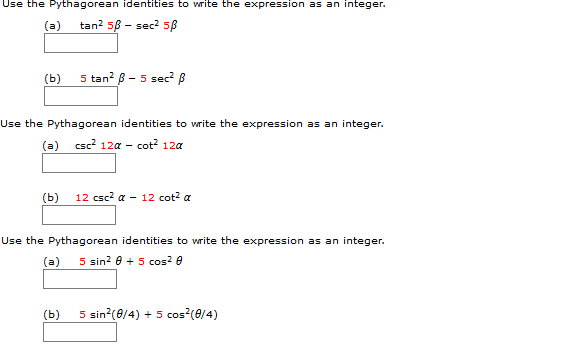



Solved Use The Pythagorean Identities To Write The Chegg Com




上 Tan2x Identity ただの悪魔の画像
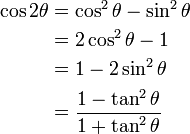



Trigonometric Identities




Tangent Half Angle Formula Wikipedia




1 Tan 2x 1 Tan 2 X 1 2cos 2 X Youtube




Trigonometric Identities A Plus Topper




Tangent Identities




Trig Half Angle Identities Trigonometry Half Angle Formulas Derivation



Solved Trig Identities 1 Sin Cos 2 Sin Cos 2 2 2 Tan2 Cos2 Cot2 Sin2 1 3 Sec Course Hero




Trigonometric Identities Simplify Expressions Video Lessons Examples And Solutions




Summary Of Trigonometric Identities
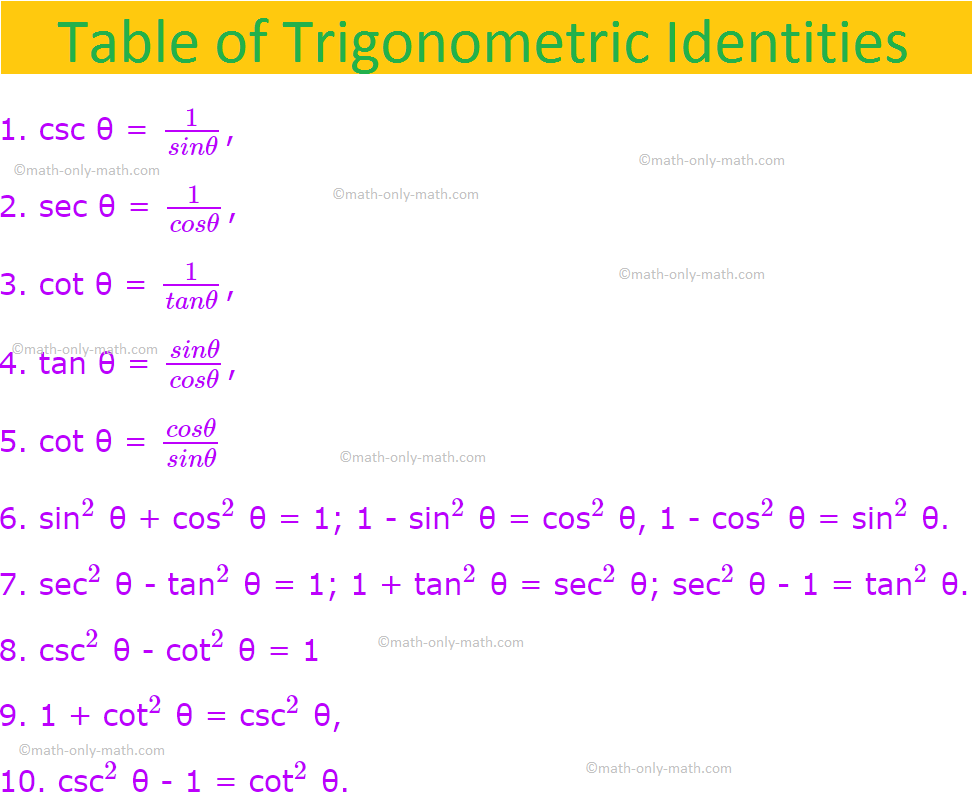



Trigonometric Identities List Of Trigonometric Identities Examples



0 件のコメント:
コメントを投稿